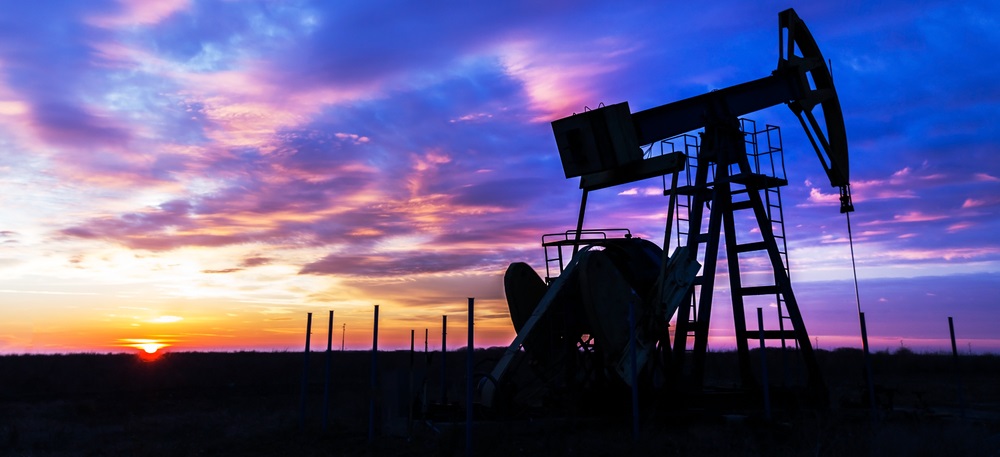In 2005, we were running out of oil.
At least, that was the perception. The “peak oil” theory was in full bloom. It was the idea that oil fields are like glasses of water: When you use them up, the world runs dry. Books on the subject, such as Matthew Simmons’ Twilight in the Desert, got massive attention.
That year, Simmons, who was the champion of peak oil, famously bet The New York Times columnist John Tierney $2,500 that the price of oil would be at least $200 per barrel in 2010.
Fast-forward just 12 years later, and we’re awash in oil. We have fracking to thank for cheap oil today.
But I’m going to tell you a couple of secrets about fracking that most people don’t know or understand. And one of those secrets could make you a lot of money in the months to come…
Fracking is a technique, nothing more. It is a way of creating room for oil to flow out of shale rock.
Shale layers are flat and tight, like the pages of a book. Fracking is like blowing compressed air at the pages to get them to wrinkle so you can more easily get at what’s inside. That’s why getting angry about fracking is silly. You might as well get angry at a wrench.
Forget Oil … We Want to Own Sand
The two most important keys to fracking are water (which provides the pressure to open the layers of rock) and sand (called “proppant”). Sand keeps (or props) the shale rock layers open, letting more oil flow out. The deeper into the shale you put the sand, the more oil you can produce.
Another secret about fracking: We’re learning as we go. We have well over a century of experience drilling and completing wells in conventional oil reservoirs, but we have less than a decade of experience fracking shale.
High oil prices got companies drilling wells as fast as they could because they could still make a profit.
Low oil prices caused problems for frackers. They could no longer profit from pulling oil out of the ground using their early techniques. They had to innovate and refine techniques to get more oil for less money. What they are finding is that more sand gets more oil cheaply.
What’s more, engineers figured out that they can go back into old shale wells and frack them again. By using more sand and refined techniques, the wells will pump oil like they are brand-new. That’s important because under the old approach to fracking, shale wells produced most of their oil in the first couple of years and then production dropped off sharply.
That means drillers can eliminate 30% of the cost of a new well (or more), eliminate the drilling risk and get even more oil out of a well. It’s a huge cost savings, which makes the oil economic at a much lower price.
All you need is sand. Lots of it.
The Key to Unlocking Fracking
From 1990 to 2012, the oil industry used a total of 119 million tons of sand to frack wells. In 2014 alone, the industry used 64 million tons of sand. And the industry could break that record soon.
However, there’s a huge difference between then and now. You see, in 2014, there were nearly 1,400 rigs drilling horizontal wells. We were drilling and completing a huge volume of new wells every day. That number collapsed in a hurry, from nearly 1,400 in 2014 to just 314 in May 2016.
Since then, more rigs have come back. Today, there are about 673 rigs operating, according to the Baker Hughes rig count. However, they are using a whole lot more sand per well.
Industry analyst Tudor, Pickering, Holt & Co. estimated that the industry would consume 120 million tons of sand in 2018, eclipsing the record.
As you can imagine, the robust sand sales pushed the shares of sand producers up quickly. U.S. Silica Holdings Inc. (NYSE: SLCA), one of the leading frac sand providers, went from $13.43 in September 2015 to $59.90 in February 2017. That’s a 346% gain in less than 18 months, as you can see in the chart below:
But that trend reversed as investors took profits. Shares of U.S. Silica are down around the $45 range today. That’s an opportunity.
In 2014, when sand demand last peaked, shares of U.S. Silica peaked around $70. However, I think we’ll see another rally as sand demand continues to climb. Investors looking to profit from this renewed boom can also buy Hi-Crush Partners LP (NYSE: HCLP) or Fairmount Santrol Holdings Inc. (NYSE: FMSA).
Sand is the second most important component of fracking … and fracking isn’t going away. It’s a great way to profit regardless of what oil prices are doing.
Good investing,
Matt Badiali
Senior Editor
